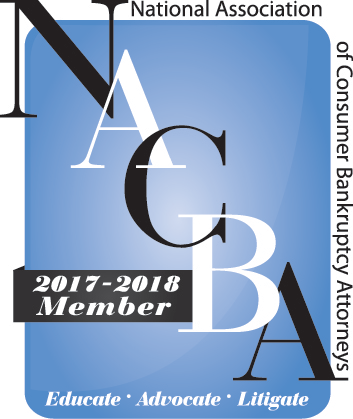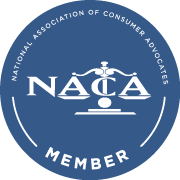
You may have read headlines recently such as “Court Allows Bankruptcy Discharge of $200,000 in Student Loans” and thought now is the time to file bankruptcy and get rid of your student loans. Unfortunately, headlines can be deceiving. In McDaniel v. Navient Solutions, LLC, the Tenth Circuit Court of Appeals affirmed the bankruptcy court’s ruling denying Navient’s motion to dismiss the borrower’s complaint to discharge $200,000 in private loans. The default rule in bankruptcy is that debtors with student loans must show “undue hardship” to discharge student loans; otherwise the borrowers remain liable, even after a bankruptcy discharge that eliminates other debts including credit cards, consumer loans, and medical bills. Showing “undue hardship” entails filing an adversary proceeding in the bankruptcy case; it is a difficult and expensive undertaking and many attorneys won’t even try.
The ruling in McDaniel is significant because it says that private student loan borrowers are not required to show “undue hardship” because private loans are not covered under the applicable Bankruptcy Code Section. The decision, however, should be understood with the following caveats –
- The ruling related to a lender’s motion to dismiss the borrower’s complaint; it did not affirm a decision discharging the student loans; the Appellate Court denied the lender’s motion and sent the case back to the bankruptcy court for further litigation; the amount, if any, of the loans actually discharged may be significantly less;
- The ruling related to private student loans as opposed to public student loans;
- Some of the loans in question do not appear to have been used for tuition (“cost of attendance”); and
- The ruling is limited to jurisdictions under the Tenth Circuit Court of Appeals (Oklahoma, Kansas, New Mexico, Colorado, Wyoming, Utah, and parts of Montana and Idaho);
Borrowers seeking to discharge federal student loans – or loans insured or guaranteed by the government — are not affected by this decision and must still show “undue hardship.” That some of the loans in question were not used to pay tuition could also be significant. Had the loans been used exclusively for the cost of attendance, the result may have been different. It also remains to be seen whether other Appellate Courts will adopt the reasoning used by the Tenth Circuit or if Navient will appeal to the United States Supreme Court. If you have questions regarding students loans, you should consult an experienced attorney who can evaluate your particular situation and provide individualized guidance.
This is just a basic overview and is not legal advice specific to your situation. If you have questions about your rights when it comes to debt and credit, you should speak with an attorney in your area for legal advice. If you live in California or North Dakota and would like to speak with Jen Lee Law regarding your situation, please schedule an appointment.




